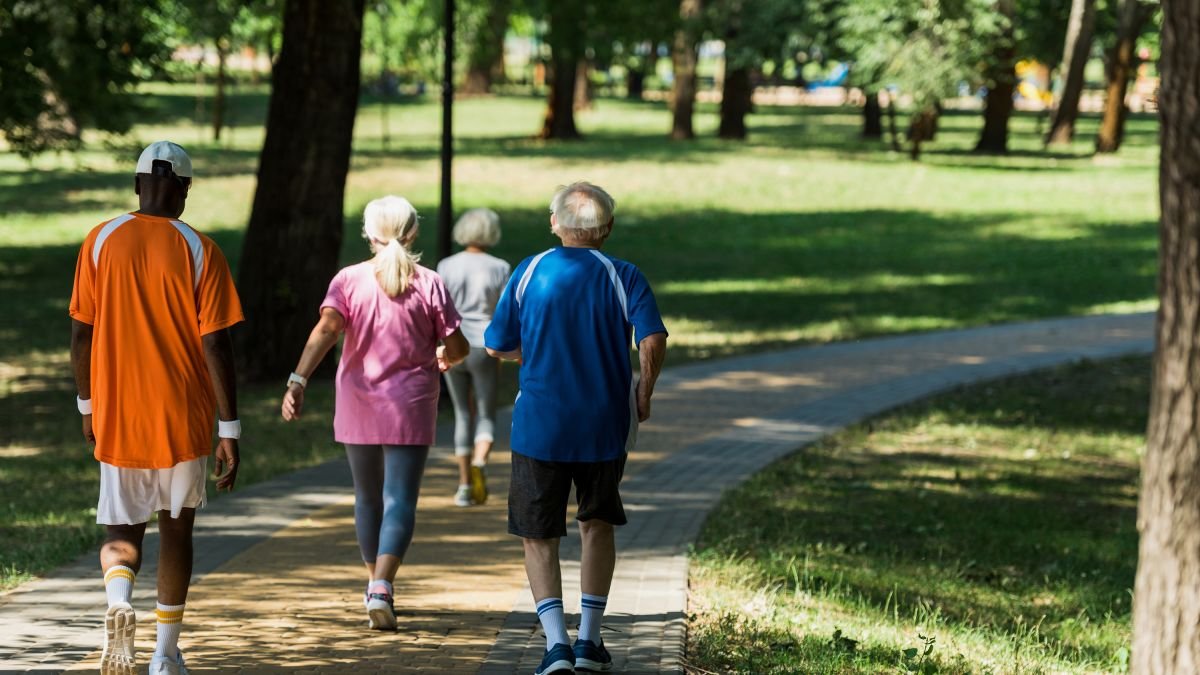Experts believe a slower walk as you become older has long been a symptom of increased fragility, which can lead to falls and other impairments. A slower walk from year to year may be an early marker of cognitive loss, according to new research in small groups of elderly people.
According to studies, this could be linked to shrinking in the right hippocampus, the brain region connected with memory.
According to the National Institute on Aging, only 10% to 20% of adults 65 and older with moderate cognitive impairment (MCI) acquire dementia in the next year. “In many situations, MCI symptoms may remain the same or even improve,” according to the institution.
People who walk approximately 5% slower or more each year while simultaneously showing evidence of decreased mental processing are more likely to acquire dementia, according to a big new research of over 17,000 adults over 65. The findings were published in the journal JAMA Network Open on Tuesday.
“These findings emphasize the importance of gait in dementia risk assessment,” writes Taya Collyer, a research fellow at Monash University’s Peninsula Clinical School in Victoria, Australia.
For seven years, researchers studied a sample of Americans over 65 and Australians over 70. Participants in the study were invited to undergo cognitive tests every other year to assess their overall cognitive decline, memory, processing speed, and verbal fluency.
Subjects were also requested to walk 3 meters (10 feet) every other year. The average of the two outcomes was then used to calculate the person’s usual gait.
According to Dr. Joe Verghese, a professor of geriatrics and neurology at the Albert Einstein College of Medicine in Bronx, New York, who was not involved in the study, “dual decliners,” or people who not only walked more slowly but also showed signs of cognitive decline, had the highest risk of dementia.
“Furthermore, dual decliners had a higher chance of dementia than those with either gait or cognitive decline alone,” Verghese said in an accompanying editorial in the JAMA journal on Tuesday.
According to a meta-analysis of over 9,000 American people conducted in 2020, a twofold link between walking speed and memory deterioration is predictive of eventual dementia.
Despite these findings, Verghese writes that “gait dysfunction has not been regarded as an early clinical characteristic in patients with Alzheimer’s disease.”
The role of exercise
There are things we can do as we get older to help counteract the brain shrinkage that happens with age. Aerobic exercise increases the size of the hippocampus, which improves some parts of memory, according to research.
The hippocampus is an irregularly shaped organ buried deep in the temporal lobe of the brain that is responsible for learning, consolidating memories, and spatial navigation, such as the ability to remember directions, places, and orientations.
In a randomized clinical research conducted in 2011, aerobic exercise training raised the volume of the right anterior hippocampus by 2%, correcting age-related decline in the organ by one to two years. People who merely completed stretching exercises, on the other hand, saw a reduction of roughly 1.43 percent over the same time period.
Aerobic exercise is a sort of activity in which your heart rate and breathing rate increase but not to the point where you can no longer function. Brisk walking, swimming, jogging, biking, dancing, and kickboxing are all examples of aerobic exercise, as are all the cardio machines at your local gym, such as a treadmill, elliptical trainer, rower, or stair climber.



